Garden Climates-Microclimates: NM, El Paso
quercus_abq
18 years ago
Related Stories
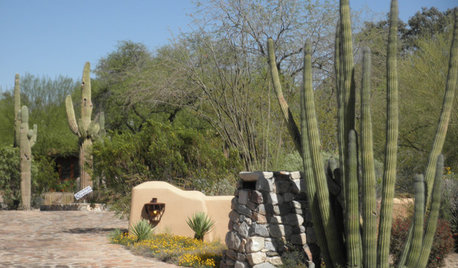
SOUTHWEST GARDENINGUnderstanding the American Southwest's Three Main Climate Zones
If you live in one of the arid or semiarid regions of the U.S. Southwest, this gardening zone guide is for you
Full Story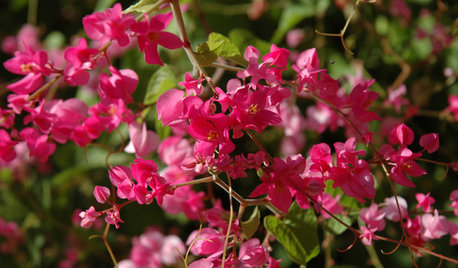
SOUTHWEST GARDENING10 Flowering Vines for Southwestern Gardens
These resilient, adaptable plants thrive in the region’s extreme climate and provide a variety of garden benefits
Full Story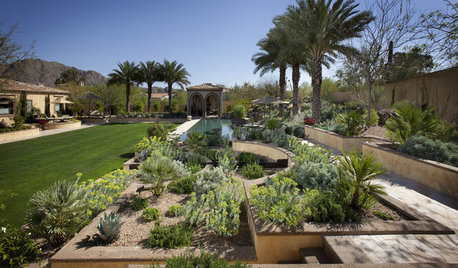
GARDENING GUIDESSouthwest Gardener's October Checklist
Softer light and milder weather make desert gardens a real joy this month, but watch the water and don't forget to plan
Full Story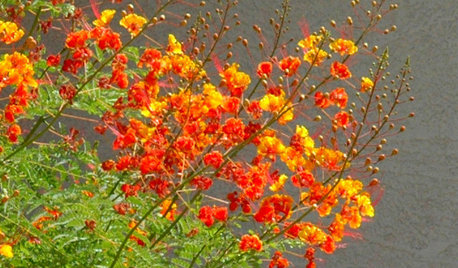
GARDENING FOR BUTTERFLIESGreat Design Plant: Red Bird-of-Paradise Soars With Color
Fiery bursts of red-orange flowers bring hot summer gardens to life, while this shrub's drought tolerance keeps the living easy
Full Story
SAVING WATERXeriscape Gardens: How to Get a Beautiful Landscape With Less Water
Conserve water and make gardening much easier with the xeriscape approach’s 7 principles
Full Story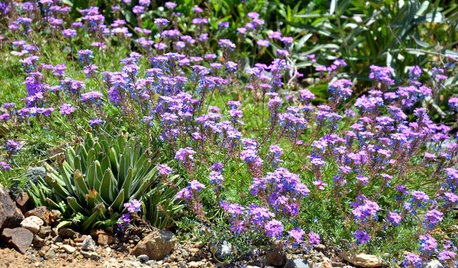
FLOWERS AND PLANTSGlandularia Pulchella Trails Color Through the Drought-Tolerant Garden
Masses of purple blossoms and finely textured foliage cover the ground of arid gardens from spring to fall
Full Story
FARM YOUR YARDHow to Grow Vegetables in Containers
Get glorious vegetables and fruits on your patio with a pro’s guidance — including his personal recipe for potting mix
Full Story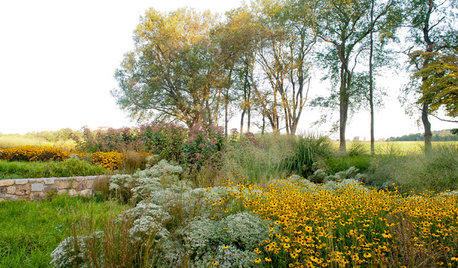
GARDENING GUIDES10 Essential Wildflowers for the U.S. Central Plains
Focusing on prairie wildflowers supports the most wildlife in a low-maintenance Plains landscape
Full Story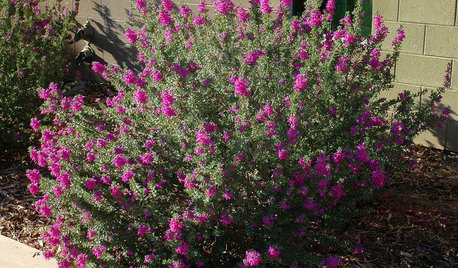
GARDENING GUIDESGreat Design Plant: Texas Ranger Explodes With Color
If purple is your passion, embrace Leucophyllum frutescens for its profusion of blooms and consider the unfussiness a bonus
Full Story
FARM YOUR YARDIf You Have Room for Only One Summer Crop ...
Get an edible that’s long on flavor even if you’re short on space, with a long-time gardener’s favorite picks
Full StorySponsored






adp_abq
cactus_dude
Related Professionals
Essex Landscape Architects & Landscape Designers · Hyattsville Landscape Architects & Landscape Designers · Forest City Landscape Architects & Landscape Designers · Alamo Landscape Contractors · Burlington Landscape Contractors · Dunwoody Landscape Contractors · Estelle Landscape Contractors · Goodlettsville Landscape Contractors · Hickory Hills Landscape Contractors · Huntington Landscape Contractors · Lakeville Landscape Contractors · Lemoore Landscape Contractors · Lewisville Landscape Contractors · Parker Landscape Contractors · Greenfield Landscape Contractorsabqpalms
paalexan
cactus_dude
abqpalms
paalexan
cactus_dude
cactus_dude
paalexan
paalexan
cactus_dude
adp_abq
quercus_abqOriginal Author
quercus_abqOriginal Author
paalexan
dirt_dew
paalexan
dirt_dew
paalexan
quercus_abqOriginal Author
palmobsession
desertlvr
wobbitt
vanessak72
desertlvr